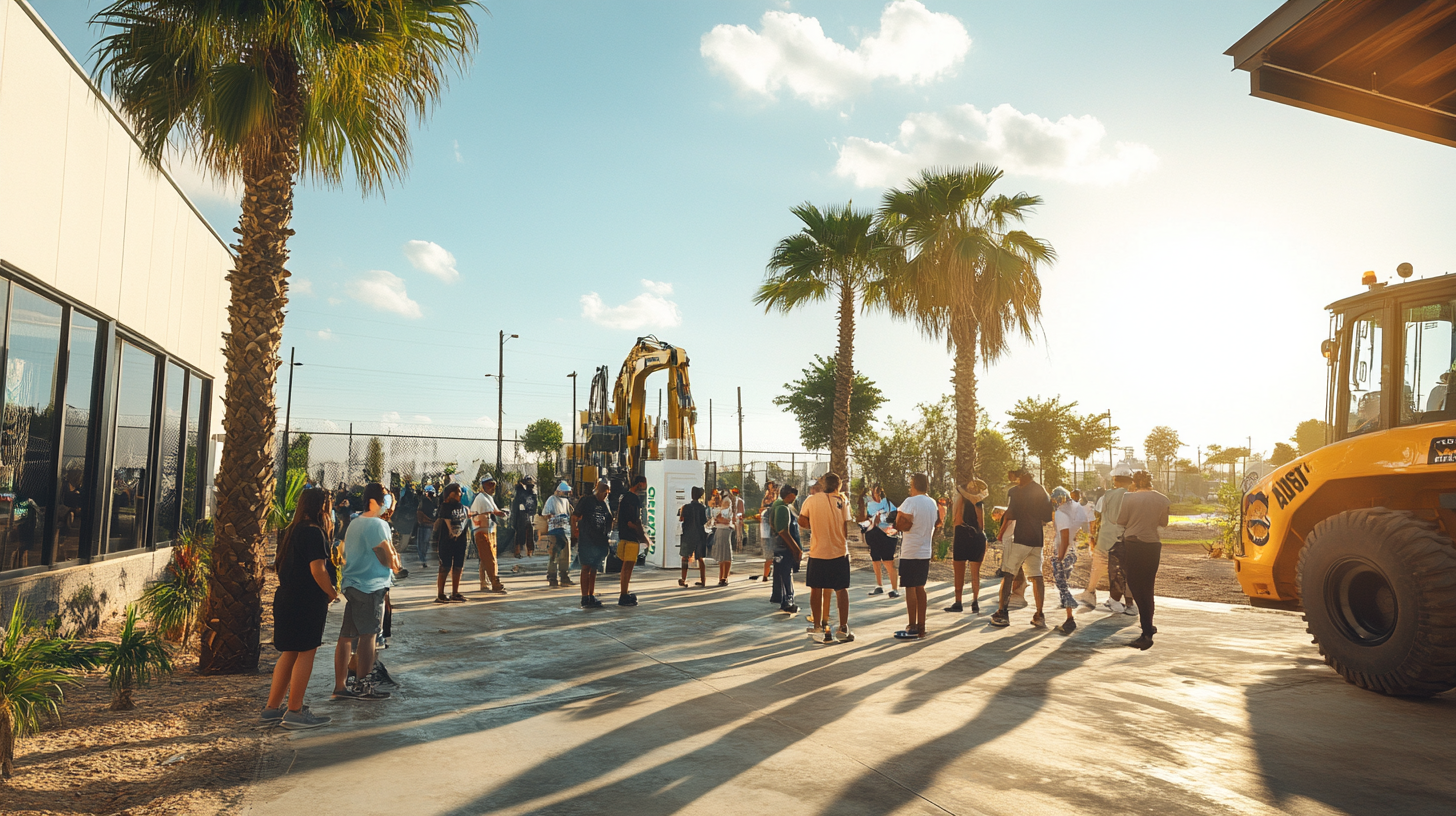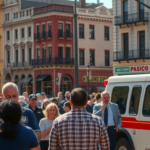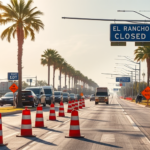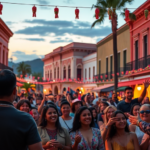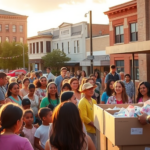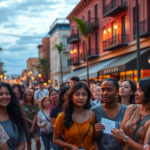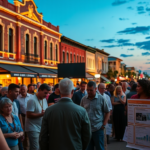America’s First 3D-Printed Starbucks is Brewing in Brownsville
The architectural landscape of Brownsville, Texas, is about to take a groundbreaking turn with the introduction of the USA’s first-ever 3D-printed Starbucks. This monumental project, reported by New Atlas, marks a significant milestone in a rapidly growing trend of 3D-printed constructions across the nation, and is set to redefine the way Valley residents interface with their beloved coffeehouse chain.
The Anatomy of Innovation: 3D Printing in Construction
At the heart of this pioneering development is the BOD2 printer, the creation of Cobod, a German construction firm. This state-of-the-art machinery constructs building shells by extruding layers of a cement-like mixture, one atop another, creating walls with a distinctive ribbed texture. The result is a unique 1,400 square foot structure tailored solely for drive-thru and pickup orders—a design choice reflective of its functional intent and the changing dynamics in consumer behavior.
This project showcases the collaborative efforts between Peri 3D Construction, known for Europe’s largest 3D-printed building, and the skilled human touch required to infuse character into the final product. After the printer completes the walls, traditional builders step in to finish the space with essentials such as windows and a porch, blending cutting-edge technology with classic craftsmanship.
Local Impact: A Game Changer for the Rio Grande Valley
For South Texas, particularly the Rio Grande Valley, the introduction of a 3D-printed Starbucks isn’t just a novel architectural achievement—it’s a harbinger of economic possibilities and innovation. Dr. Luis Gonzalez, a professor of architecture at the University of Texas Rio Grande Valley, believes the impact will extend beyond its physical manifestation. “This project positions Brownsville as a hub for avant-garde construction technologies, potentially attracting more industries that are keen on sustainable and efficient building methods,” he explains.
The broader sentiment within the community echoes this optimism. Local resident Marisol Avila notes, “It’s exciting to see our city at the forefront of such innovative technology. This could pave the way for more developments and job opportunities in tech-related fields.”
Evolving Infrastructure and Economic Growth
The potential implications of this development are vast. If successful, this project could inspire other businesses and developers in the Valley to adopt 3D printing as a viable construction alternative. From residential homes to commercial undertakings, the possibilities for cost-effective, swift construction are expansive, which is vital for a region experiencing steady growth and a demand for scalable infrastructure solutions.
Commissioner Joel Villarreal has championed this project as a critical step towards redefining what construction in Brownsville can look like. “The ripple effect of embracing these technologies means more efficient, sustainable construction, aligning with our long-term growth strategies while providing Valley residents access to cutting-edge advancements,” he elaborates.
Challenges and Considerations
Despite the excitement surrounding such technological advancements, there are considerations to be attentive to. Proper regulatory frameworks must be in place to ensure the safety and longevity of 3D-printed structures. Additionally, as with any pioneering technology, there is a learning curve and potential for initial setbacks.
Asics expert Juan Narvaez raises a thoughtful point: “While innovation is crucial, we must ensure that these projects are not only sustainable but also structurally sound and compliant with all safety regulations to protect our community.”
The Broader Scope: A National Trend of 3D Construction
This venture is not an isolated phenomenon. Across the United States, 3D-printed constructions have been cropping up—from Walmart extensions to Marine barracks, and even experimental habitats for Mars. This aligns with a global movement towards sustainable development and infrastructure resilience.
As more projects like this come to fruition, Brownsville’s latest addition might just be a small cup within a broader, more sustainable trend—a testament to RGV news and the community’s potential in driving change and innovation within the architectural domain.
Looking to the Future
The 3D-printed Starbucks in Brownsville is expected to open soon, with a tentative date mentioned as April 28, although Starbucks has yet to confirm this officially. Valley residents eagerly anticipate this launch, and its success could very well mark the beginning of a new era in construction and commercial development in South Texas.
For those interested in learning more or discussing the local impact of this innovative endeavor, informational sessions and forums led by city officials and project leaders will be scheduled in the coming months. Engaging with these platforms can provide valuable insights and foster a community dialogue on ensuring the technology’s benefits are optimized for all.
In conclusion, while the first sip may be brewed by a machine, this venture is undoubtedly crafted with the community’s interests at heart, offering a visionary taste of what the future of architecture holds for the Rio Grande Valley.

